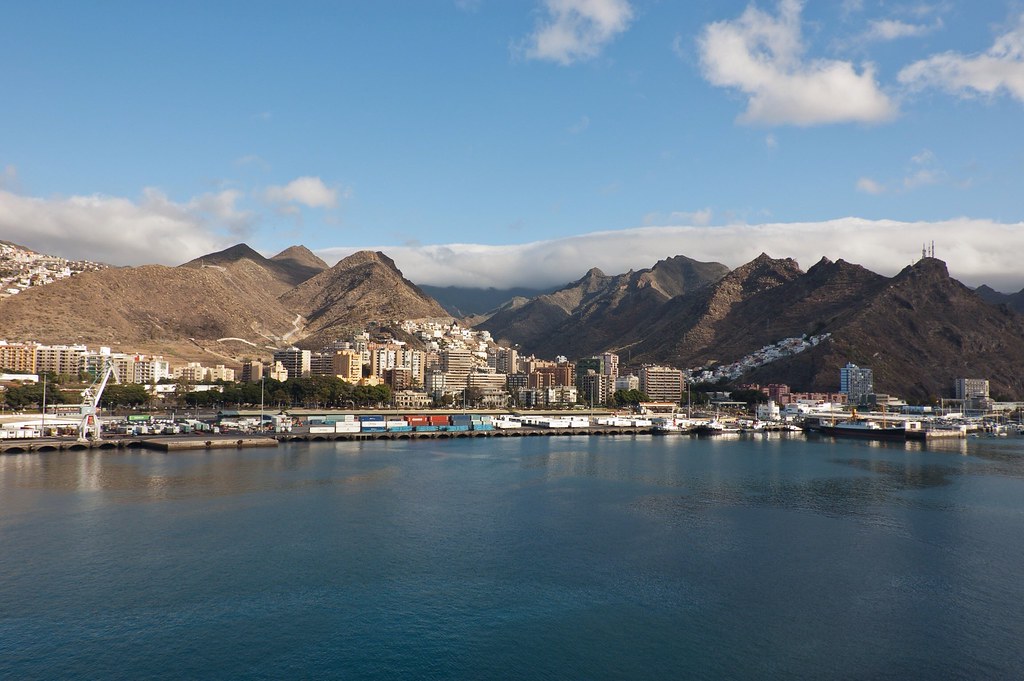
Above: Santa Cruz, Tenerife as viewed from the Ryndam.
The first port we visited was Santa Cruz, the capital of Tenerife and (jointly with Las Palmas) of the Canary Islands.
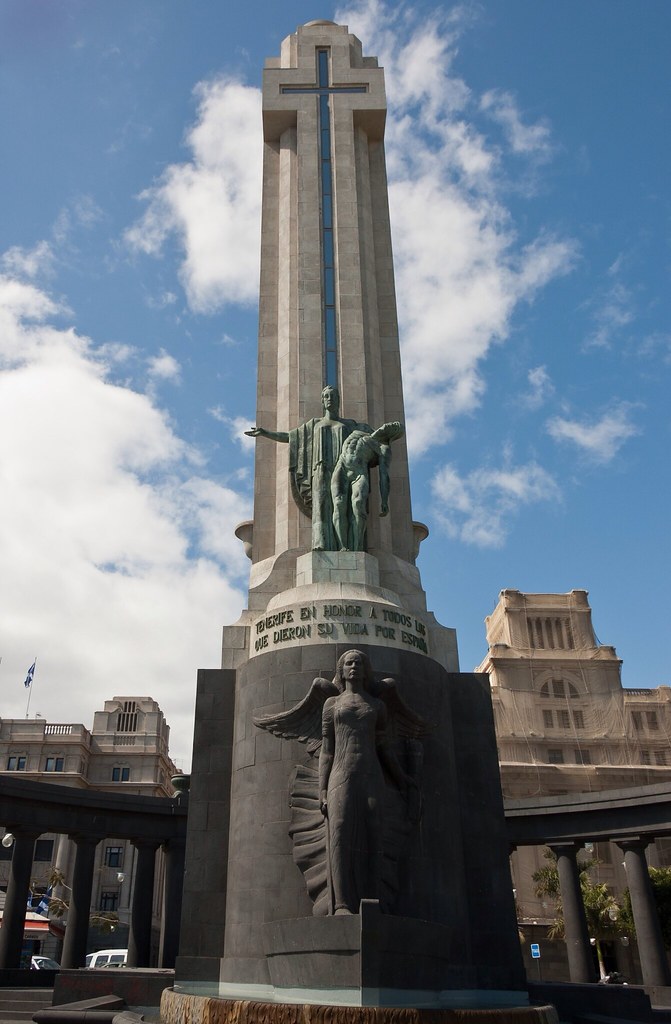
Above: A monument in the heart of Santa Cruz.
The city is home to the Parliament of the Canary Islands and its harbour is one of Spain's busiest, important for commercial and passenger traffic, as well as for being a major stopover for cruisers en route from Europe to the Caribbean.
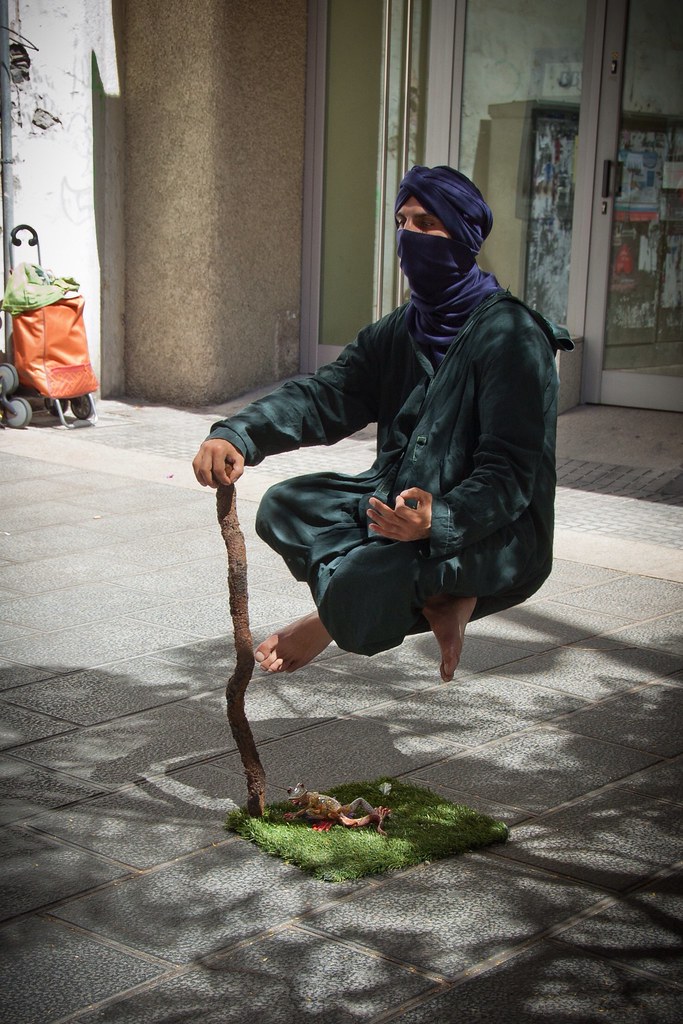
Above: An impressive street performer - we could not work out how he was 'floating'!
The city is quite cosmopolitan but there are some historical sites to be found in the city such as the building below, built by the recreational society 'Circulo de Amistao XII de Enero' between 1904 and 1934.

Above: The building is one of the earliest examples of Second Empire Architecture in the Canary Islands.
The next island we visited was Gran Canaria, where we arrived at Las Palmas, the joint capital of the Canary Islands. 45% of the people of the island and nearly 20% of all inhabitants of the Canary Islands live in this city.
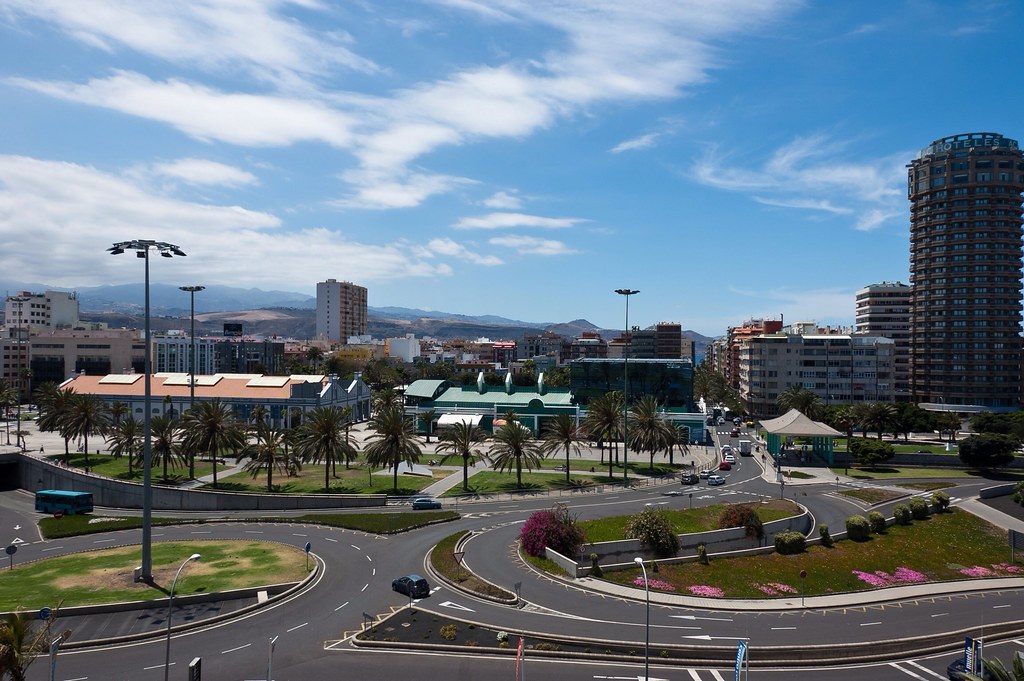
Above: Downtown Las Palmas, viewed from the port shopping complex.
The city was founded in June 1478 by Juan Rejón, the head of the invading Castilian army, who engaged in war with the local Guanches (aboriginal people of the Canary Islands).
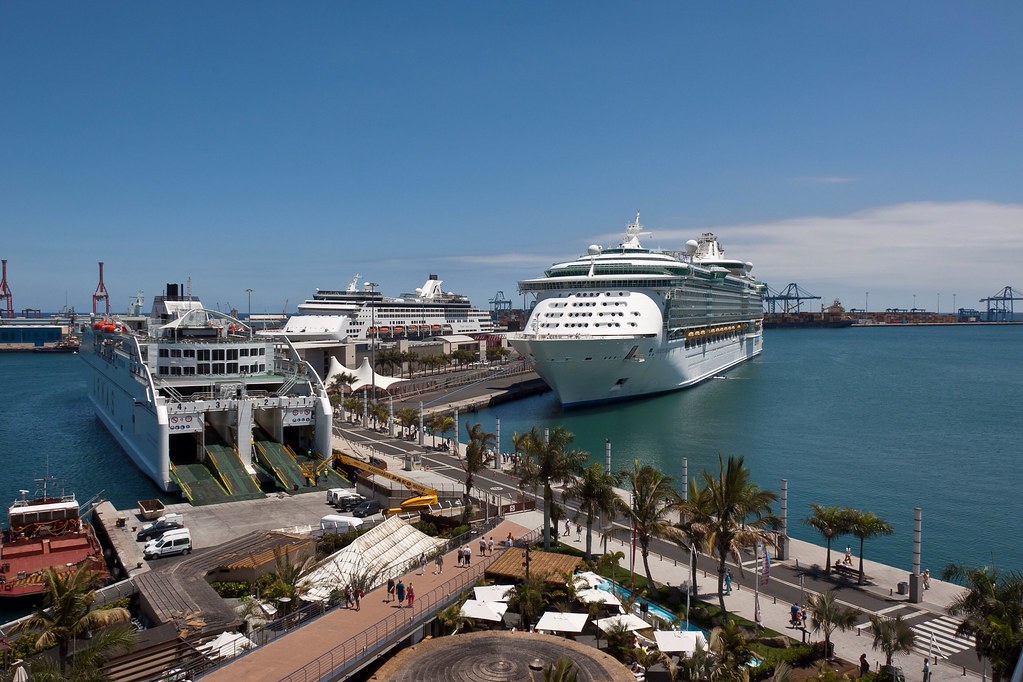
Above: The Port of Las Palmas.
In 1492, Christopher Columbus anchored in the Port of Las Palmas, and spent some time on the island on his first trip to the Americas. He also stopped on the way back to Spain. The Casa Colón museum in the Vegueta area of the city is named after him.
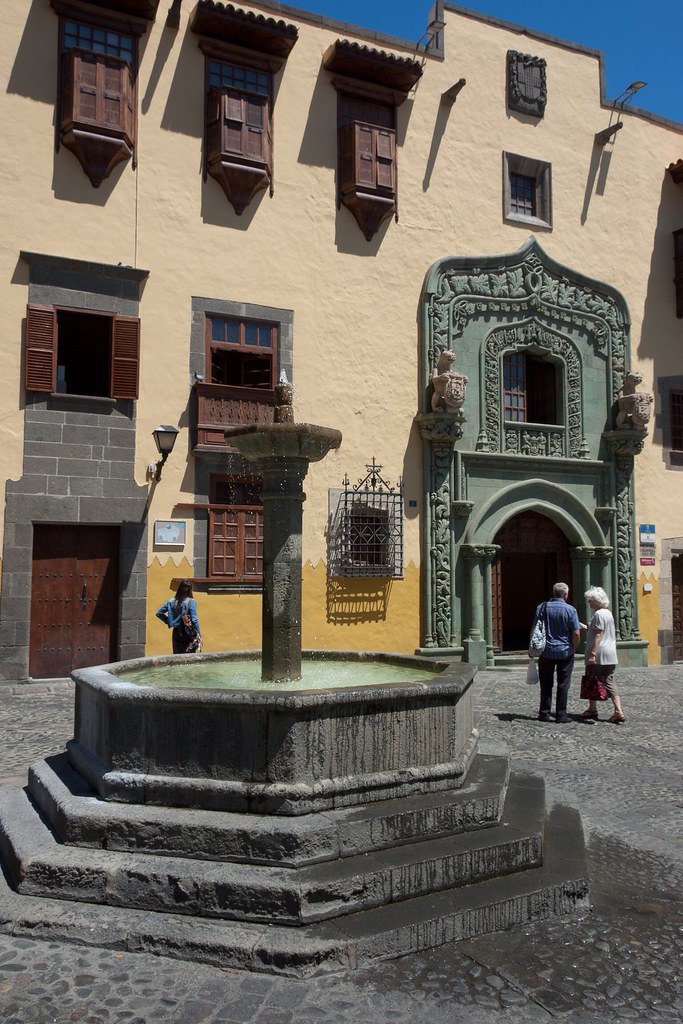
Above: Columbus' houses.
The Casa Museo de Colón is in the Plaza de San Antonio Abad, behind the Santa Ana Cathedral. It focuses on the history of the Canary Islands and its relations with America. The complex consists of several houses, one of which was accessed by Christopher Columbus during his first trip to America in 1492; it was the residence of former Governor (now better known as home of Columbus).

Above: Parrots in Columbus' house.
As well as visiting the Casa Museo de Colón we also visited the Santa Ana Cathedral, located nearby.
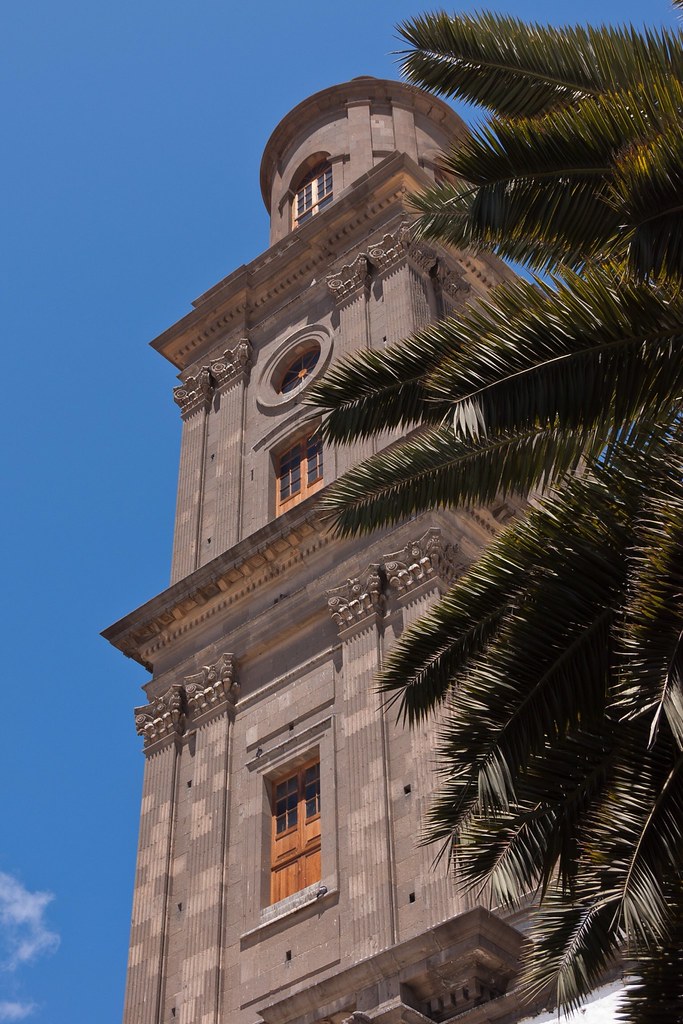
Above: One of the towers at the Santa Ana Cathedral.

Above: The inside of the Santa Ana Cathedral.
We also took a ride up one of the Cathedral towers to get a great view over the Vegueta area of the city:
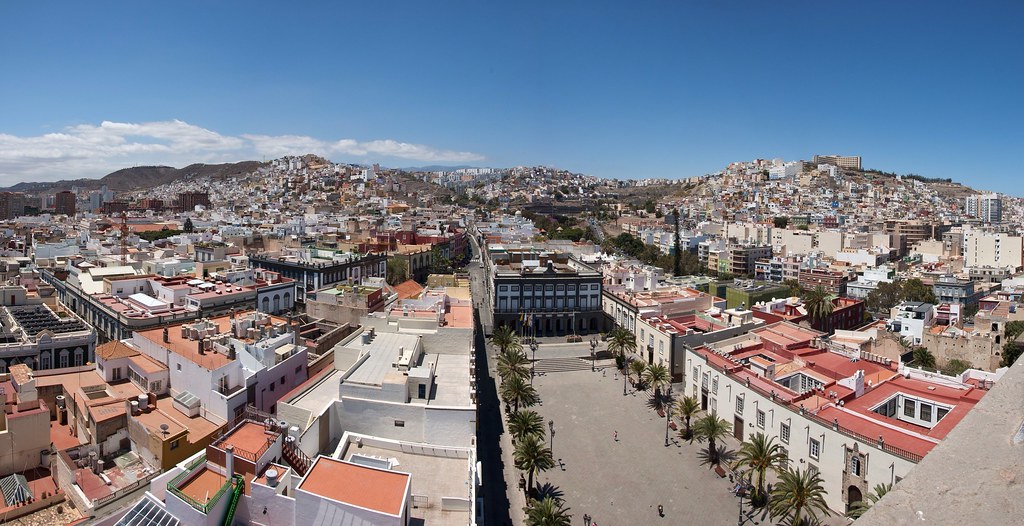
Above: A panoramic shot of the Vegueta area of the city.
The Cathedral faces onto the Plaza del Espíritu Santo which features statues of dogs:

Above: Dog statues are dotted about the Plaza del Espíritu Santo.
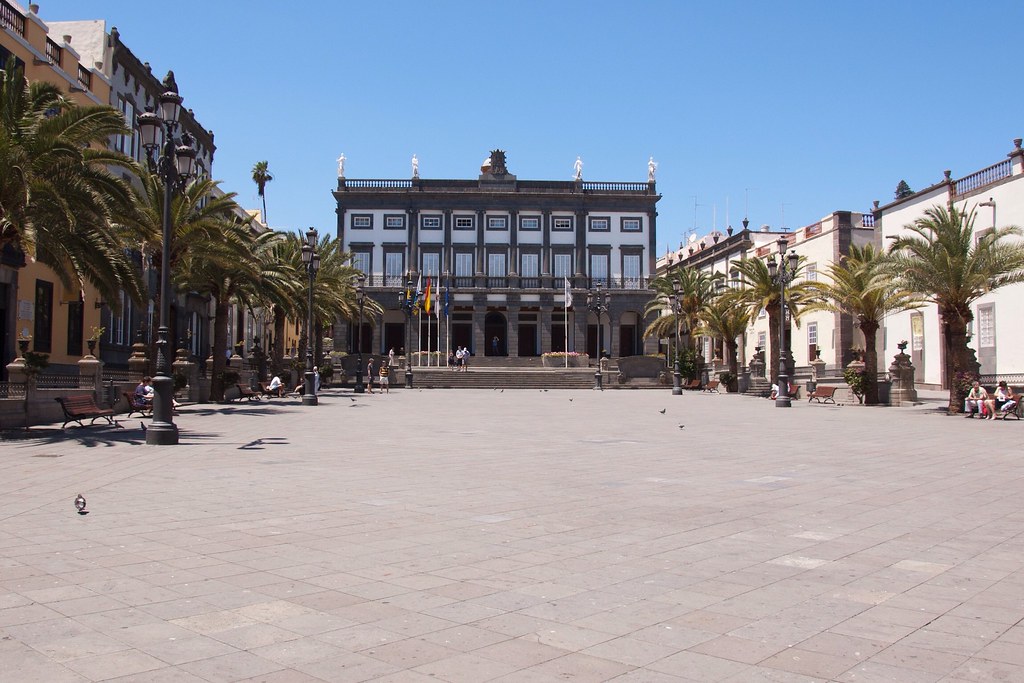
Above: The Plaza del Espíritu Santo, taken from the cathedral side.
Our final stop was Lanzarote, the easternmost island of the Canary Islands, born through fiery eruptions and featuring solidified lava streams as well as extravagant rock formations.
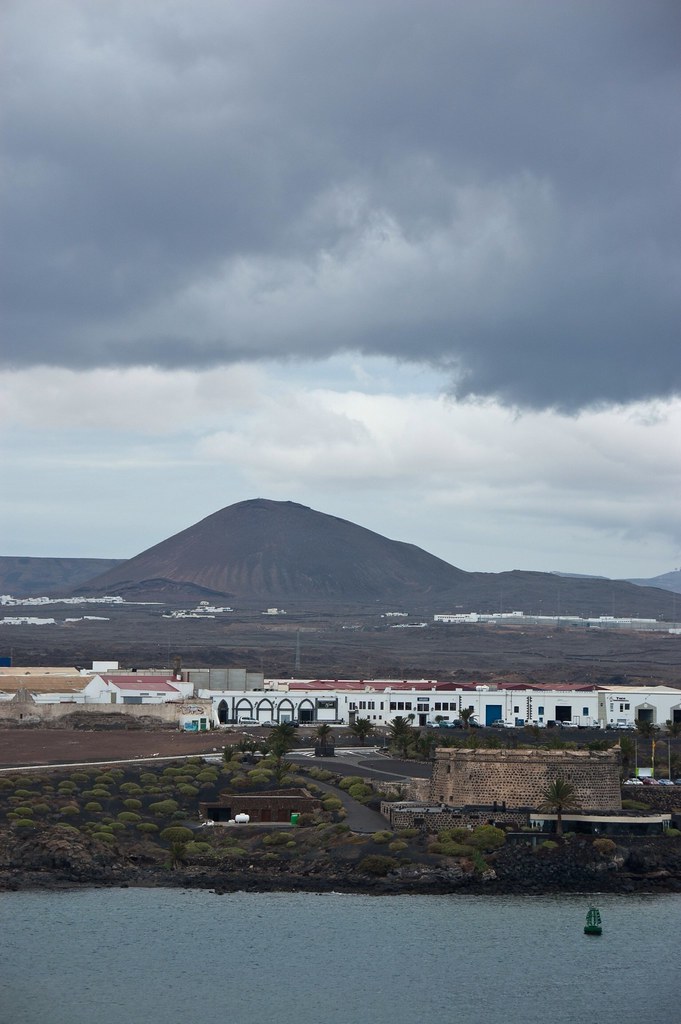
Above: The coastline of Lanzarote with a volcano looming in the distance.
Our ship docked at Arrecife, the largest city on the island and although I didn't have long ashore, I managed to snap a few pictures which I will leave you with now:
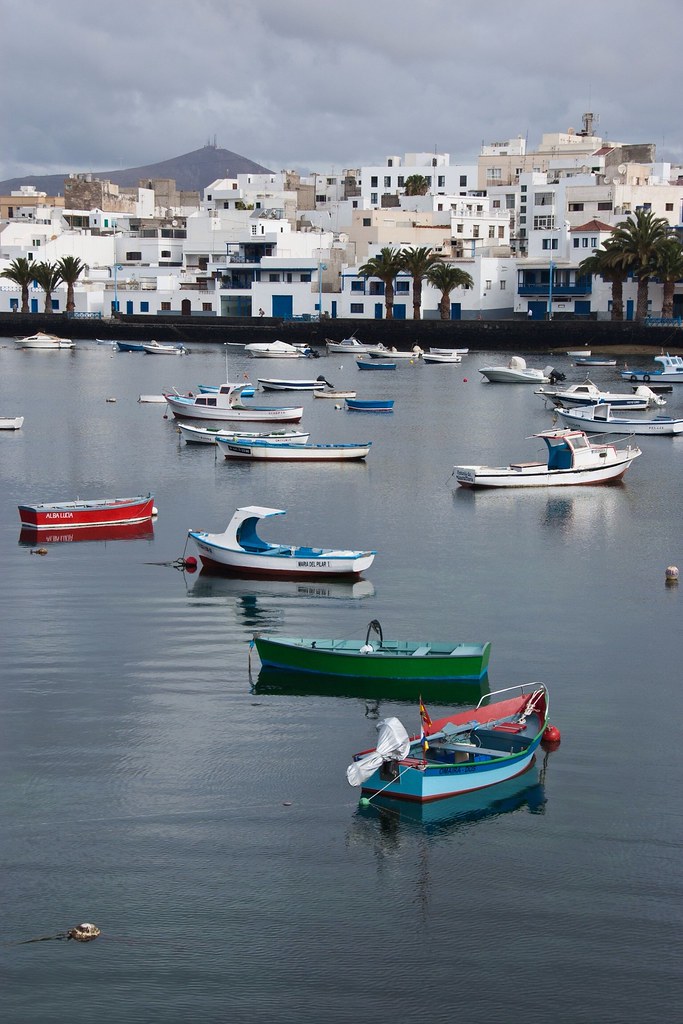

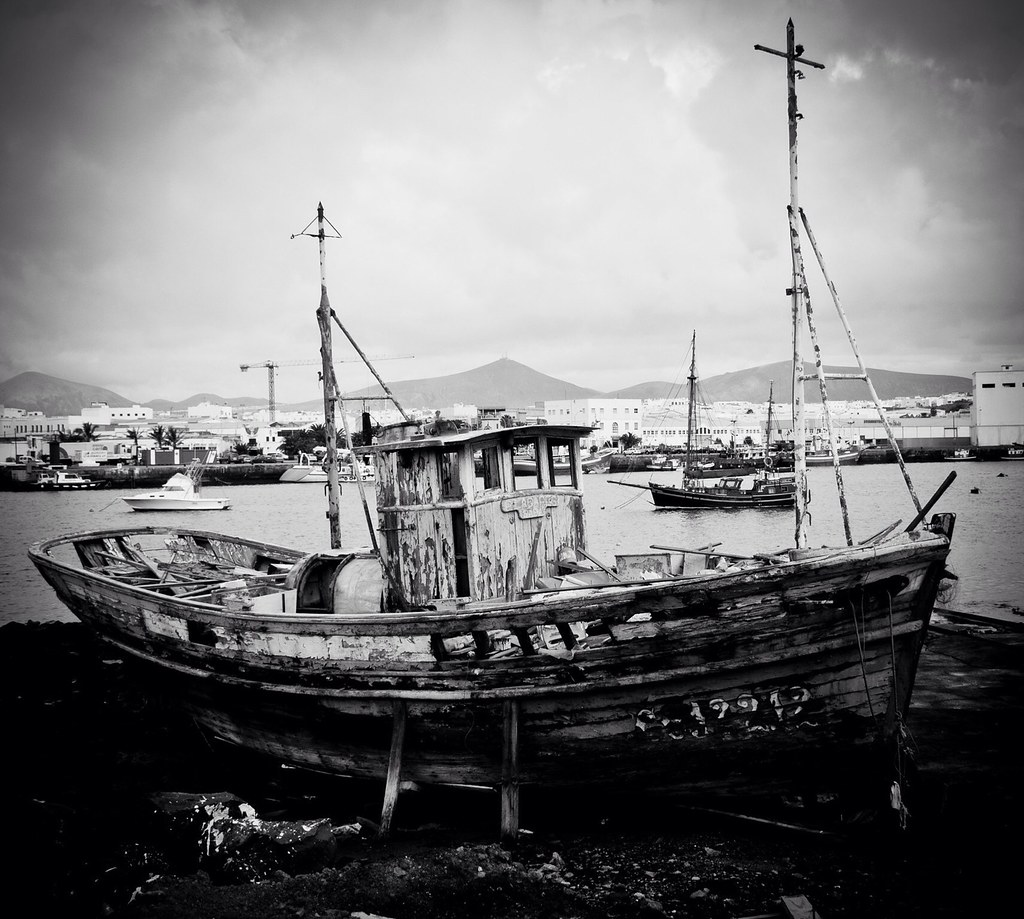
Stay tuned next time for Morocco!

Great shots Peter,Bring those 2 parrots home I can just see them perched on your Mums shoulders lol.Stay blessed while you scout the world.
ReplyDelete